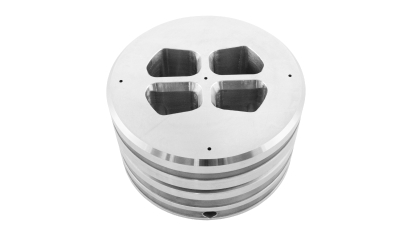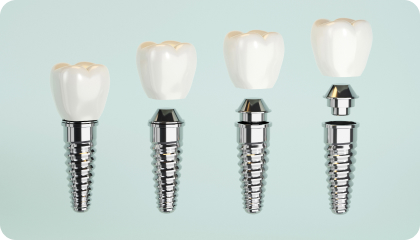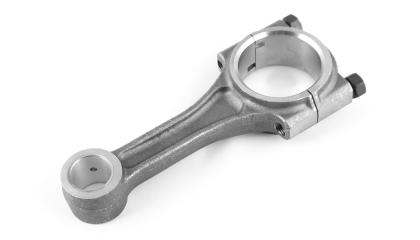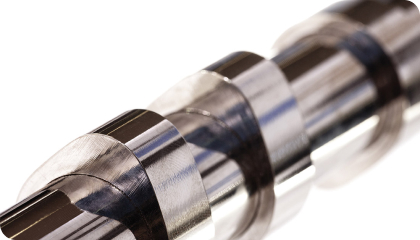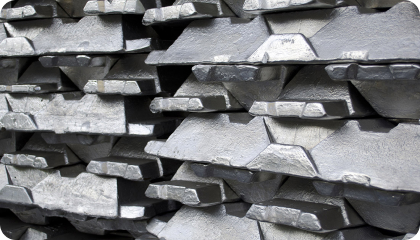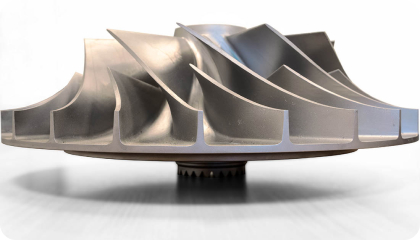- Process/Function
TOOL & DIE (QUENCH/TEMPER)
Most tools and dies are made with tool steels that require a proper quench and temper process to attain the optimum mechanical characteristics. The choice of material depends on the nature of the work performed with the tool. Tools can work at high temperatures and/or high speeds and/or repetitively. BENEFITS- Huge range of mechanical characteristics
- Large choice of steels
- Wear and fatigue resistance can be greatly improved by surface heat treatment (nitriding, for example)
- Process/Function
ANNEALING
Annealing is a metal treatment where parts are heated and maintained above their recrystallization temperature for a certain time. This has the effect of increasing part ductility and allowing for easier workability. Annealing also prepares steel for further heat treatment. BENEFITS- Improves ductility
- Reduces brittleness
- Improves homogeneity in steel
- Refines the grain structure
- Process/Function
SINTERING
Sintering is the process of compacting, welding together, and forming a solid mass of material from small particles without melting it. In the case of metal sintering, metal powders (powder metallurgy) are used. This process requires the use of protective atmospheres and is typically carried out at high temperatures. Sintering is also the last stage in metal injection moulding (MIM) processing. BENEFITS- Most metals can be sintered
- Improved mechanical and physical properties
- Material density can be controlled and selected based on the desired physical properties
- Complex shapes can be built
- High dimensional precision
- Weight reduction
- High process capability
- Process/Function
DEBINDING
Debinding is a critical step in metal injection moulding (MIM) processing. It removes the primary binding material from the moulded component before sintering can be carried out. Debinding is crucial to avoiding furnace contamination and clogging. It also makes sintering more efficient. BENEFITS- Avoids furnace clogging and contamination in subsequent manufacturing steps
- Makes the part sturdier
- It is better to debind then sinter than simply sinter
- Process/Function
HOMOGENIZATION
The purpose of homogenization is to reduce chemical segregation that results from the casting process. It is also known as diffusion annealing. It is carried out at temperatures that are high enough to induce the diffusion of alloying elements. However, this comes with a drawback: a coarse grain structure. Consequently, homogenization is often followed by heat treatments such as annealing, normalizing and tempering. BENEFITS- Homogeneity of the steel structure
- Process/Function
HARDENING
A metallurgical process for increasing the hardness of metals, hardening can be carried out by thermal transformation (quench and temper), mechanically induced stress (strain hardening), precipitation (through heat treatment and subsequent aging), solid solution strengthening (e.g., carburizing) or reducing the material’s grain size. All hardening methods are characterized by increased crystal lattice defects/dislocations. BENEFITS- Increased strength
- Increased hardness
- Improved fatigue life
- Increased wear resistance


